Modernity is also on display, thanks to a microprocessor that manages all the functions called up by the encoder: a long or short press accesses the menus.
We can scroll through the inputs: 6 analog on RCA with an MM phono with three capacitance settings (100, 200, 320 pf), a balanced line on XLR, 5 digital including 3 optical, an S / PDIF and a USB audio, plus a connector for an aptX XFTB01 or XFTB02 bluetooth receiver (optional). A USB-A socket accepts MP3 audio files from a portable music player or USB memory stick. Original: two HDMI sockets, one for a DVD to benefit from the A10’s audio signal quality, and an HDMI ARC socket to connect a CEC protocol display, can be activated in the system configuration menu. Also shown here are system information, speaker selection (A, B or A+B), loudness, bass, treble or bypass settings, and auto sleep (or not) from 5 to 90 min. The trigger In/Out input switches the A10 on and off remotely, or from the A10 to another device connected via the minijacks.
Specifications:
- Output power 8Ω: 2 x 130 W RMS
- Output power 4Ω: 2 x 190 W RMS
- Bandwidth: (-3dB) 10Hz-35kHz
- Tone: +/- 10 dB
- Distortion: < 0.1%
- Signal-to-noise ratio: > 90 dB
- Channel separation: > 70 dB
- Input impedance: 47KΩ
- Phono input impedance: 47KΩ
- Amplifier input level: < 300mV
- Phono MM/MC input level: 2.5mV
- Mains voltage: 115-230V
- Max. power consumption: 400
- Transformer: 1
- Dimensions: W430mm, H175 mm, D385 mm
- Gross weight: 17 kg
- Subwoofer output: 2, Mono, Low-pass 400 Hz
- Settings: Treble, Balance, Bypass, Hi Bias switch, Bass, Volume


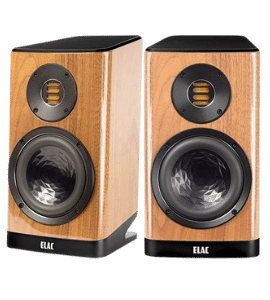
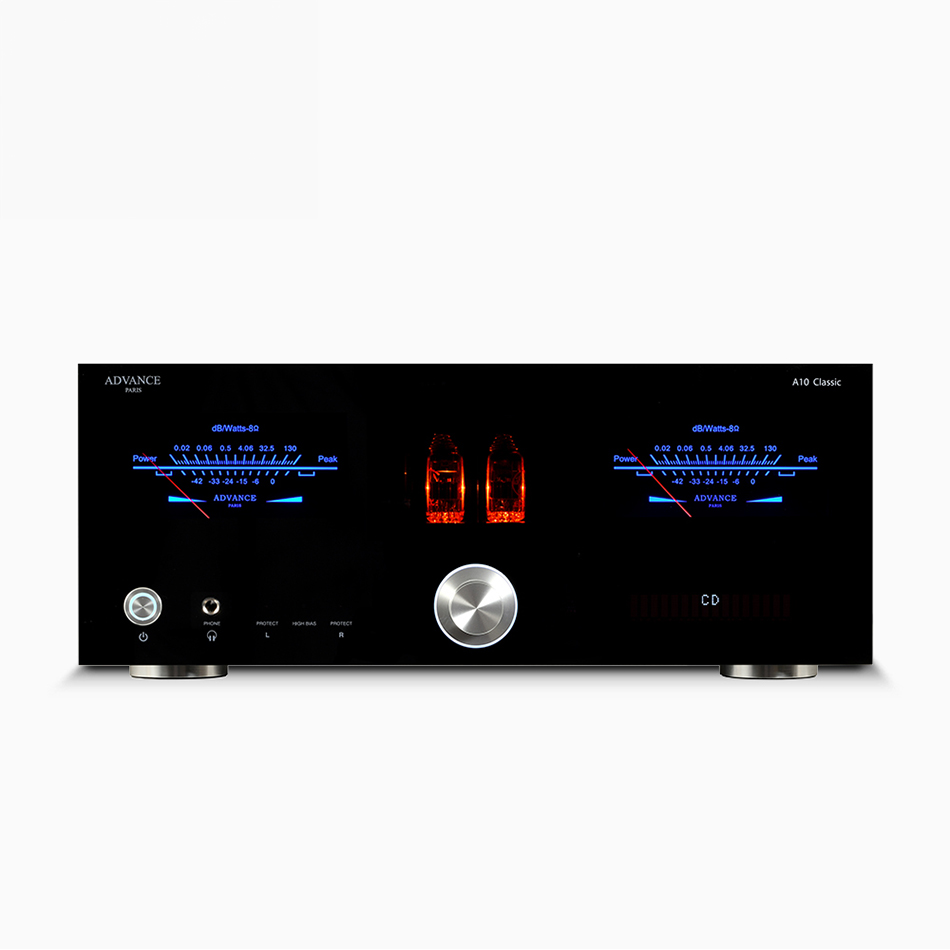
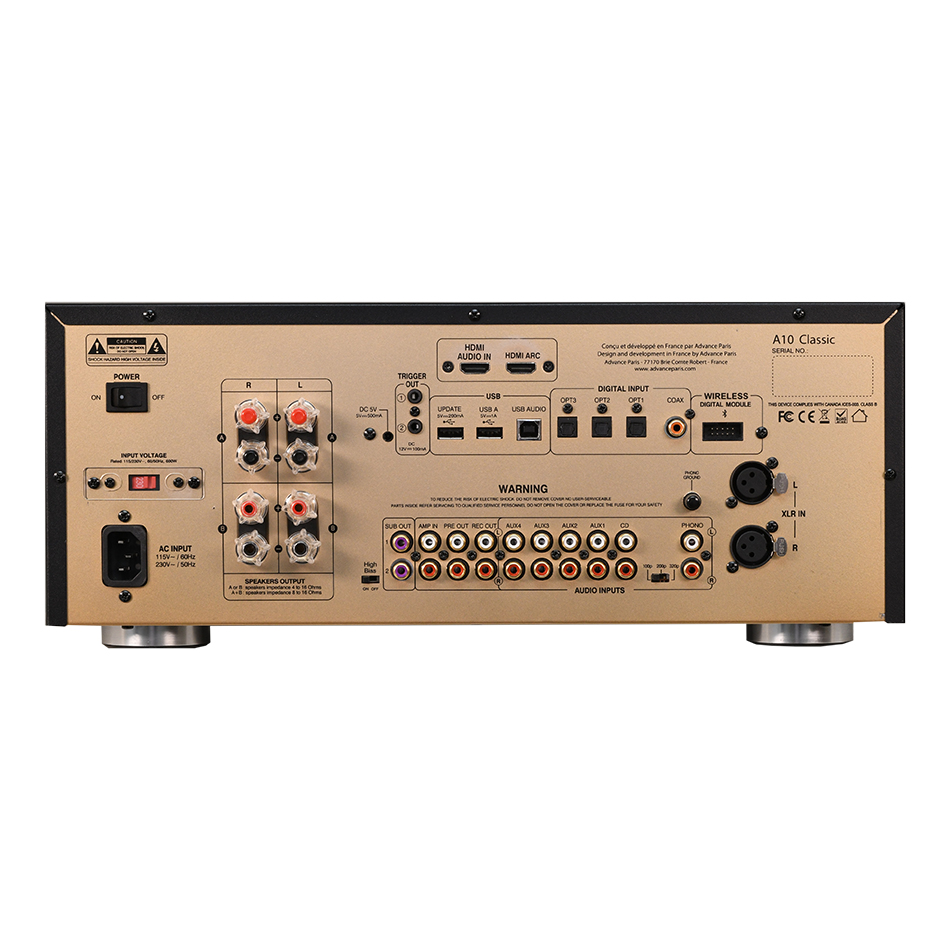
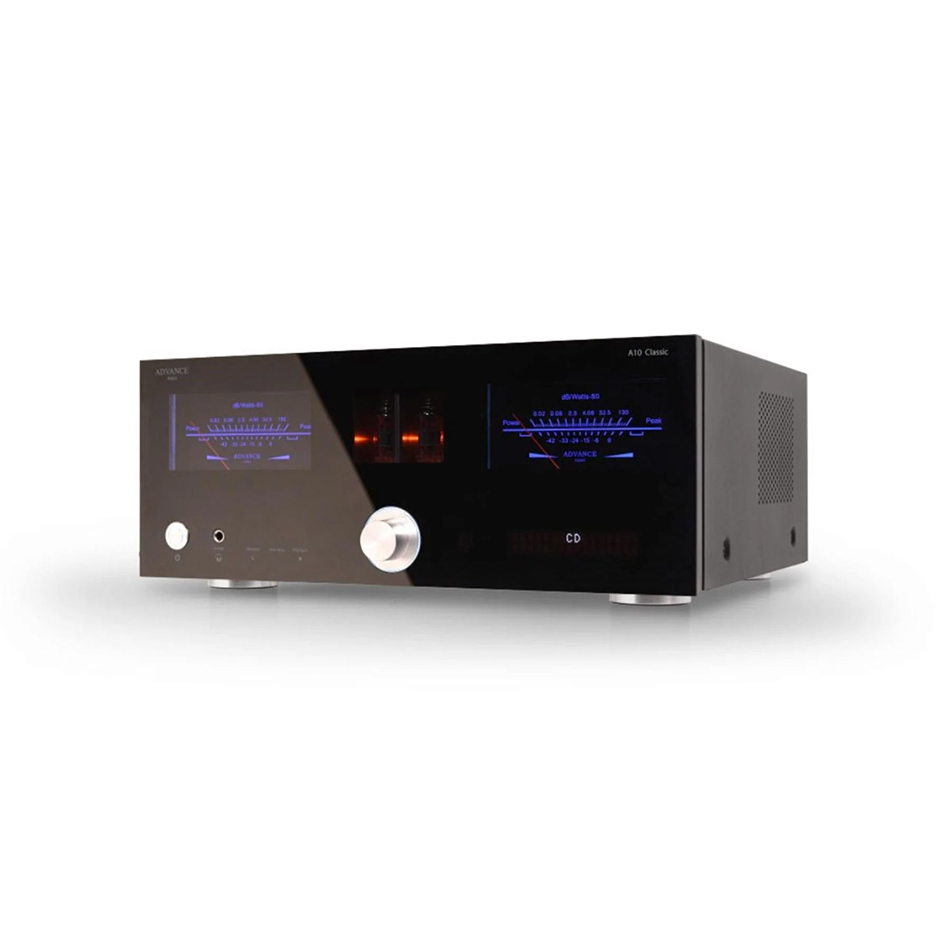
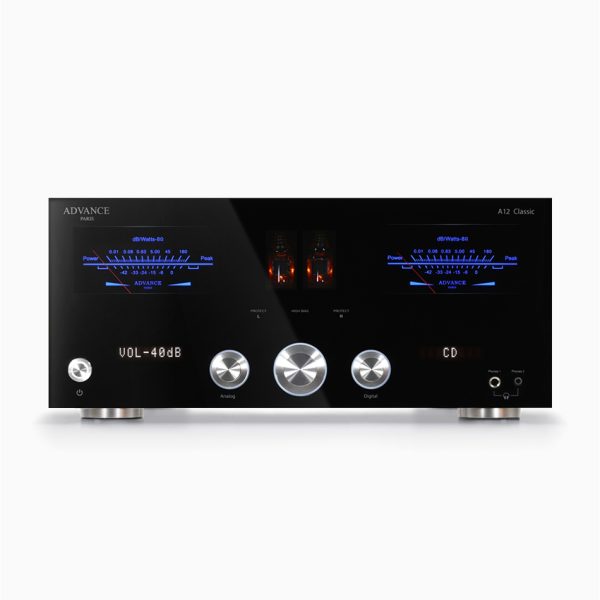


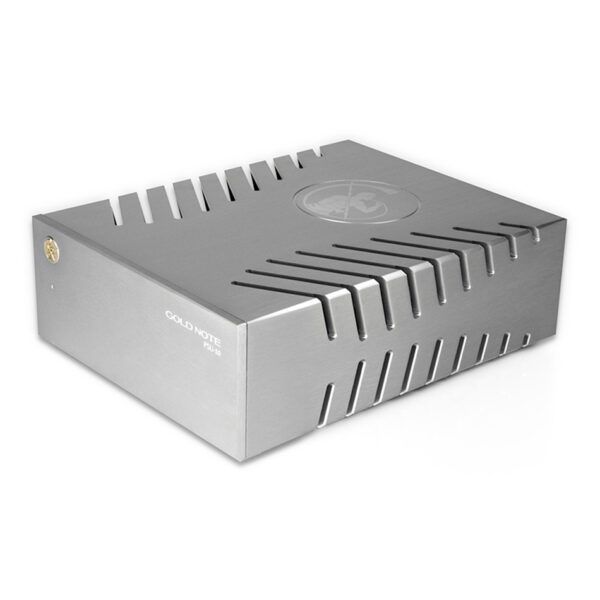
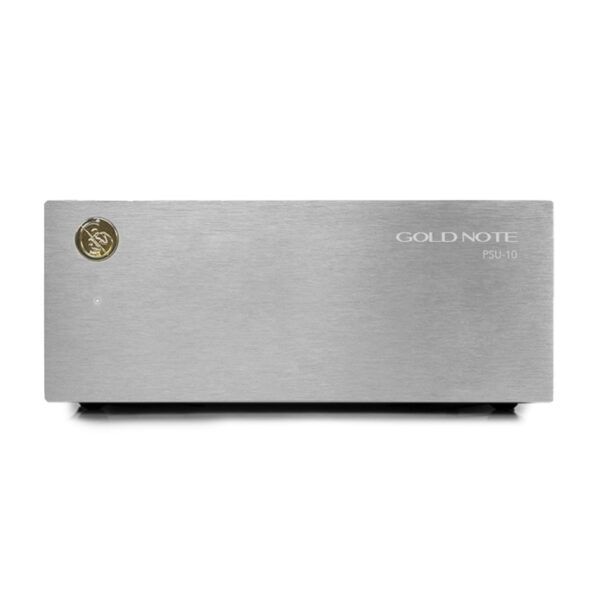




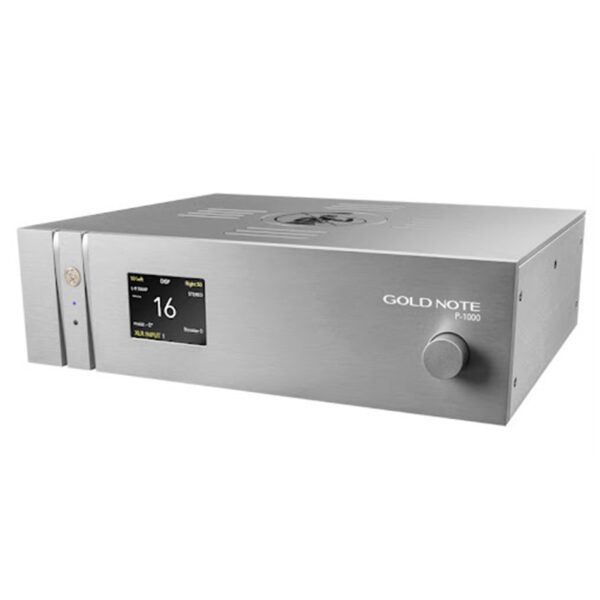
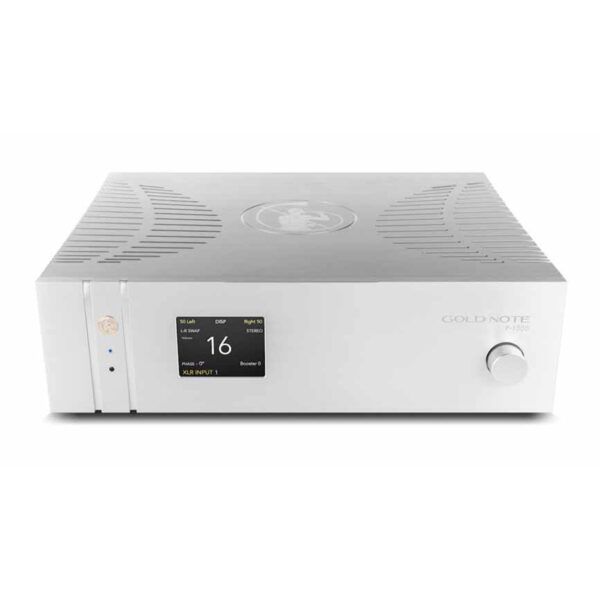









Reviews
There are no reviews yet.